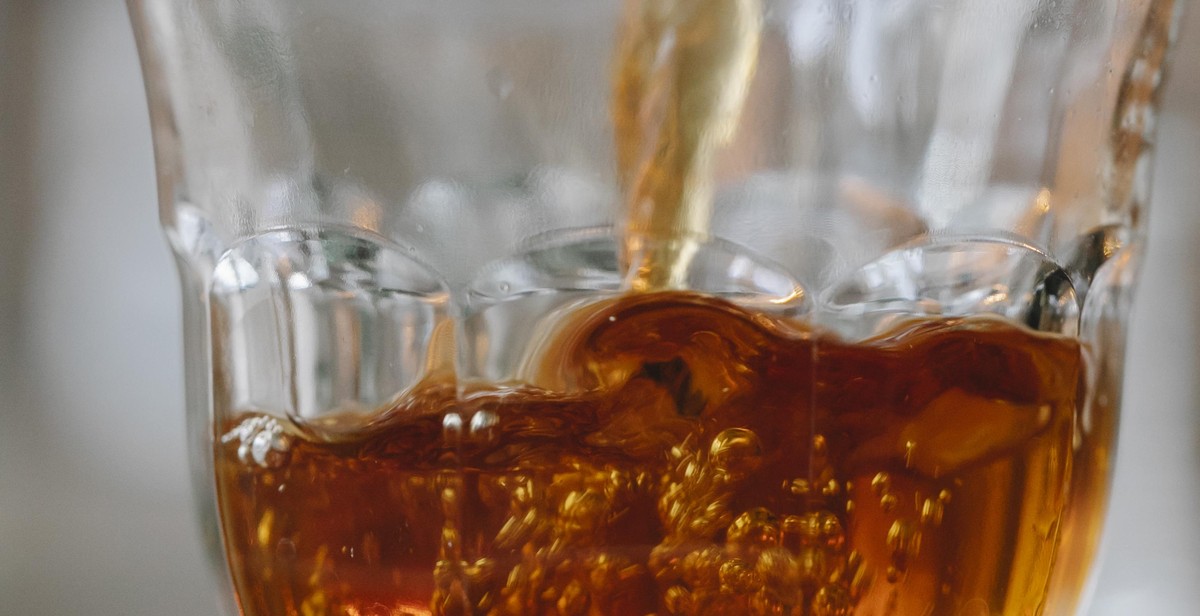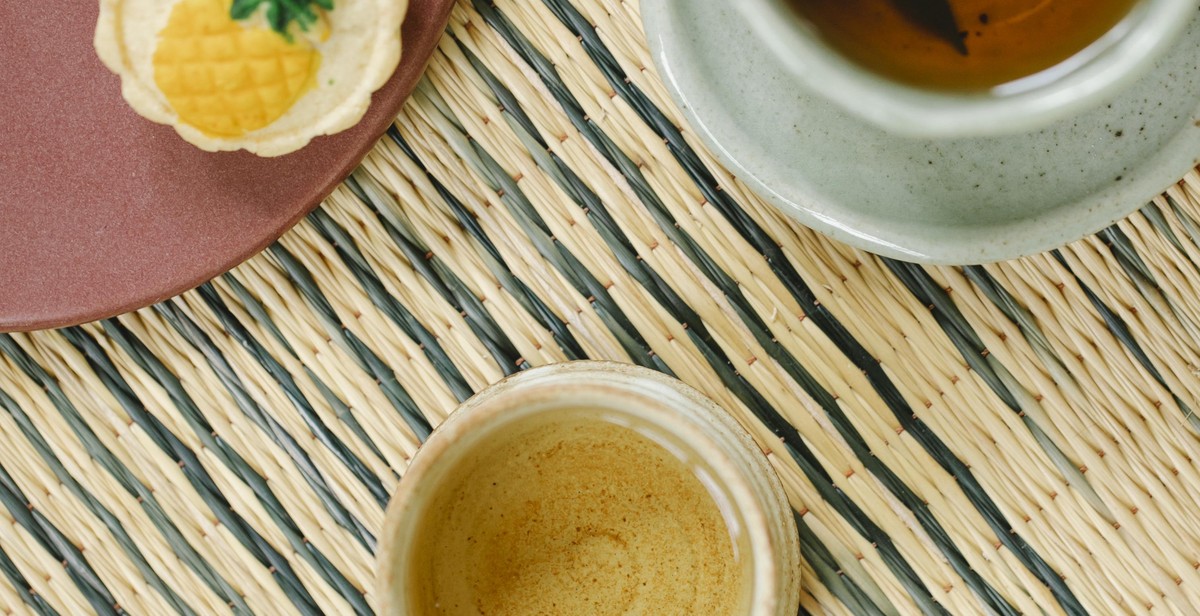Introduction: How to Appreciate and Identify Different Types of Black Tea
Black tea is one of the most popular types of tea in the world, known for its bold flavor and rich aroma. It is made from the leaves of the Camellia sinensis plant, which are withered, rolled, oxidized, and dried to create a dark, full-bodied infusion.
There are many different types of black tea, each with its own unique flavor profile and characteristics. Some of the most popular varieties include:
- Assam
- Ceylon
- Darjeeling
- Keemun
- Lapsang Souchong
In this article, we will explore how to appreciate and identify different types of black tea. We will discuss the various factors that impact the flavor and quality of black tea, including the region where it is grown, the processing methods used, and the brewing techniques employed.
Whether you are a seasoned tea connoisseur or a newcomer to the world of black tea, this guide will provide you with the knowledge and skills you need to fully appreciate and enjoy this beloved beverage.

Types of Black Tea
Black tea is one of the most popular tea varieties around the world. It is made from the leaves of the Camellia sinensis plant, which undergoes a process of oxidation. This process gives black tea its characteristic dark color, robust flavor, and high caffeine content. Here are some of the most popular types of black tea:
Assam Black Tea
Assam black tea is grown in the northeastern region of India, in the state of Assam. It is known for its strong, malty flavor and bright, reddish-brown color. Assam tea is often used as a base for blends, such as English Breakfast tea.
Darjeeling Black Tea
Darjeeling black tea is grown in the Darjeeling district of West Bengal, India. It has a light, floral flavor and a pale, golden color. Darjeeling tea is often referred to as the “champagne of teas” due to its unique aroma and delicate taste.
Ceylon Black Tea
Ceylon black tea is grown in Sri Lanka and is known for its bold, full-bodied flavor and deep, amber color. It is often used in blends, such as Earl Grey tea.
Keemun Black Tea
Keemun black tea is grown in the Anhui province of China. It has a rich, smoky flavor and a reddish-brown color. Keemun tea is often used in blends, such as English Breakfast tea.
Yunnan Black Tea
Yunnan black tea is grown in the Yunnan province of China. It has a smooth, mellow flavor and a deep, reddish-brown color. Yunnan tea is often used in blends, such as Pu-erh tea.
Each type of black tea has its own unique flavor profile, aroma, and color. Whether you prefer a strong, malty Assam tea or a delicate, floral Darjeeling tea, there is a black tea for everyone to enjoy.

Appreciating Black Tea
When it comes to black tea, there are several factors to consider when appreciating and identifying different types. These include appearance, aroma, and taste.
Appearance
Black tea typically has a dark, rich color that can range from amber to deep red. The leaves may be whole or broken, and some varieties may even include small buds or tips. When brewed, black tea will produce a deep, opaque liquor that is often described as robust and full-bodied.
Aroma
The aroma of black tea can vary depending on the specific type and origin. Some black teas have a smoky or earthy scent, while others have a floral or fruity aroma. The strength of the aroma can also vary, with some teas having a more subtle scent and others being more pronounced.
Taste
Black tea is known for its bold, complex flavor that can range from sweet to bitter. Some varieties may have a malty or nutty taste, while others may have a hint of spice or fruitiness. The taste of black tea can also be influenced by factors such as the region where it was grown, the method of processing, and the brewing technique.
| Factors that Affect Black Tea Flavor | Examples |
|---|---|
| Region of origin | Assam, Darjeeling, Yunnan |
| Processing method | Orthodox, CTC |
| Brewing technique | Steeping time, water temperature, amount of tea used |
Overall, appreciating black tea involves taking the time to observe its appearance, aroma, and taste. By paying attention to these factors, you can better understand and enjoy the unique qualities of different black teas.

Identifying High-Quality Black Tea
Black tea is a well-known and widely consumed beverage all around the world. However, not all black teas are created equal. To truly appreciate and identify different types of black tea, it is essential to understand what makes a high-quality black tea. Here are some factors to consider when identifying high-quality black tea:
Origin
The origin of the black tea leaves can significantly impact the quality of the tea. The best black teas are often grown in high altitude regions, such as the Darjeeling region in India or the Yunnan province in China. These regions provide the perfect growing conditions, including a cooler climate and well-drained soil, which results in high-quality tea leaves.
Leaf Appearance
The appearance of the tea leaves can also indicate the quality of the tea. High-quality black tea leaves are usually whole leaves or large leaf pieces. The leaves should be dark, glossy, and uniform in size. Broken or damaged leaves can negatively affect the taste and aroma of the tea.
Infusion Color
The color of the tea infusion can also be an indicator of the quality. High-quality black teas usually have a deep, rich, and vibrant color. The color should be consistent throughout the infusion, indicating that the tea leaves were of high quality and processed correctly.
Taste and Aroma
The taste and aroma of the tea are perhaps the most crucial factors in identifying high-quality black tea. High-quality black teas have a complex and robust flavor profile with notes of earthiness, sweetness, and sometimes floral or fruity undertones. The aroma should also be pleasant, with a strong, distinctive fragrance that lingers.
| Factors to Consider | Indicator of High Quality |
|---|---|
| Origin | High altitude regions such as Darjeeling and Yunnan |
| Leaf Appearance | Whole leaves or large leaf pieces, dark and uniform in size |
| Infusion Color | Deep, rich, and vibrant color |
| Taste and Aroma | Complex and robust flavor profile, pleasant aroma with a strong fragrance |

Brewing Black Tea
Black tea is one of the most popular types of tea in the world. To fully appreciate its aroma, flavor, and health benefits, it is important to brew it correctly. Here are some tips on how to brew black tea:
Water Temperature
The water temperature is critical when brewing black tea. Water that is too hot can scorch the tea leaves, resulting in a bitter taste. On the other hand, water that is too cool may not extract enough flavor from the leaves. The ideal water temperature for brewing black tea is between 195°F and 205°F (90°C to 96°C).
Steeping Time
Steeping time is another important factor in brewing black tea. Over-steeping can result in a bitter taste, while under-steeping may not fully extract the flavor from the tea leaves. The recommended steeping time for black tea is 3-5 minutes. However, this can vary depending on the type of black tea and personal preference. It is best to follow the instructions on the tea packaging or experiment to find the perfect steeping time for your taste.
Amount of Tea Leaves
The amount of tea leaves used in brewing black tea can also affect its flavor. Using too much tea can result in a strong, bitter taste, while using too little can result in a weak, flavorless tea. The recommended amount of tea leaves for brewing black tea is 1 teaspoon per 8 ounces of water. Again, this can vary depending on the type of black tea and personal preference.
| Water Temperature | Steeping Time | Amount of Tea Leaves |
|---|---|---|
| 195°F to 205°F (90°C to 96°C) | 3-5 minutes | 1 teaspoon per 8 ounces of water |
By following these tips, you can brew a perfect cup of black tea every time. Remember to experiment with different brewing methods and adjust the amount of tea leaves and steeping time to find the perfect taste for your palate.

Conclusion
Black tea is a versatile and flavorful beverage that has been enjoyed for centuries. By learning to appreciate and identify different types of black tea, you can expand your palate and discover new favorites.
When selecting black tea, consider the origin, processing method, and flavor profile. Whether you prefer a bold and robust tea or a delicate and floral one, there is a black tea out there for you.
Remember to brew your black tea properly to ensure the best flavor and aroma. Steep the tea for the recommended time, use fresh water, and adjust the temperature to suit the specific type of tea.
Black tea is not only delicious but also offers numerous health benefits. It contains antioxidants, can improve heart health, and may even reduce the risk of certain types of cancer.
Whether you enjoy your black tea hot or iced, plain or with milk and sugar, take the time to savor and appreciate the unique qualities of each variety. With so many different types of black tea to choose from, there is always something new to discover.
| Origin | Processing Method | Flavor Profile |
|---|---|---|
| China | Fully oxidized | Robust, earthy |
| India | Fully oxidized | Strong, malty |
| Sri Lanka | Fully oxidized | Bold, fruity |
| Kenya | Fully oxidized | Brisk, floral |
